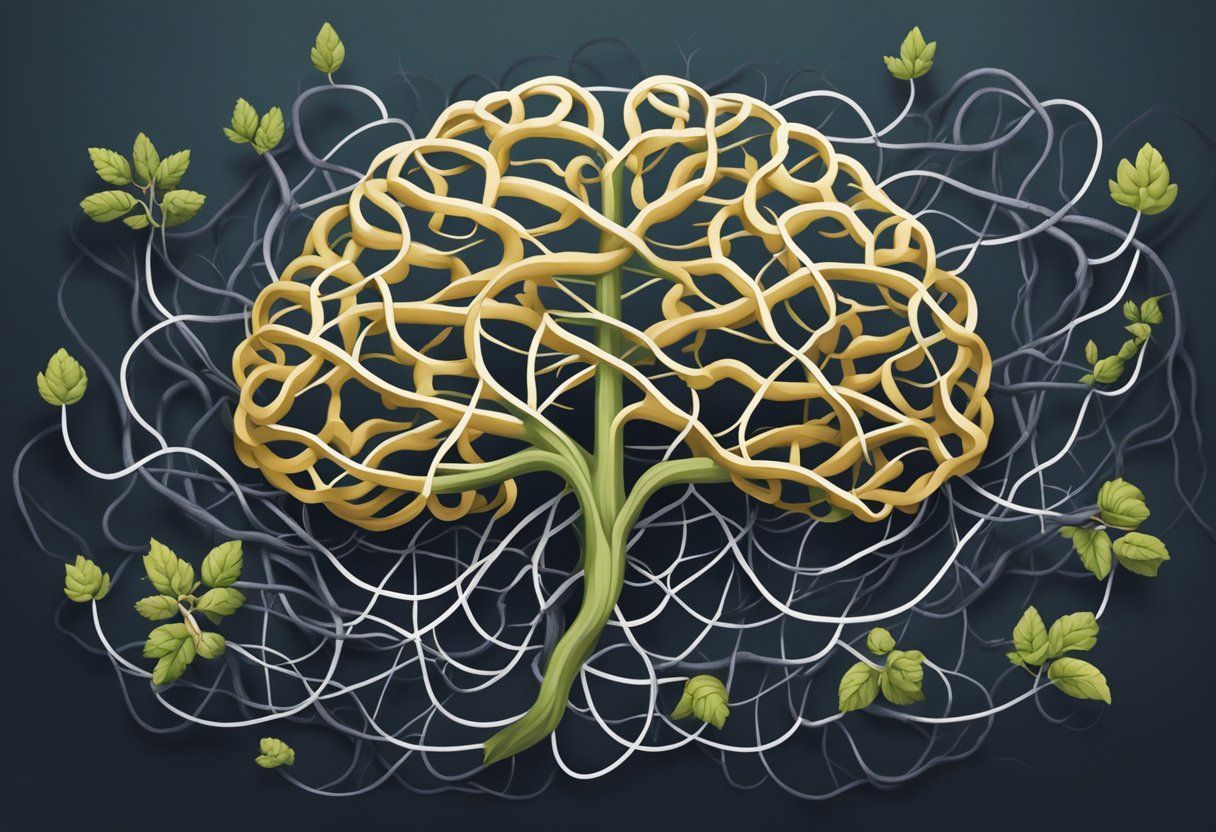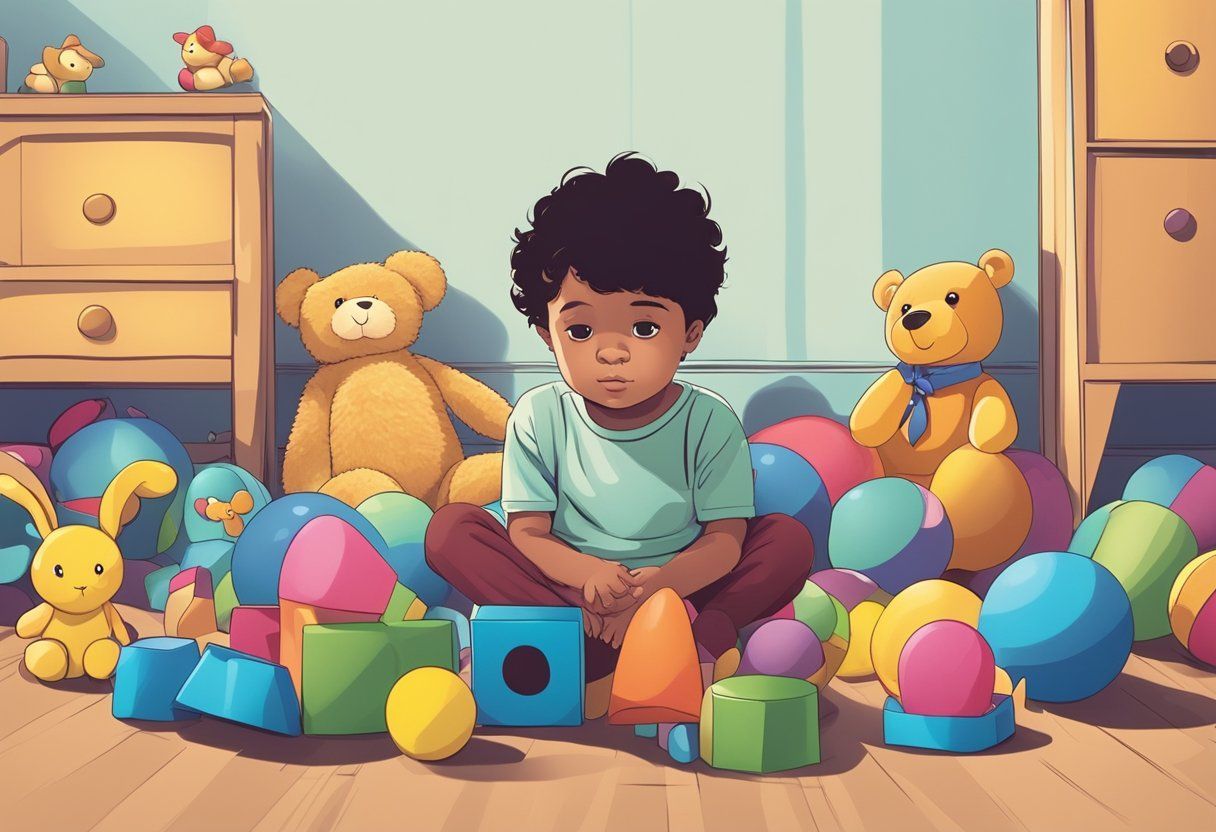BLOG
Categories
How Does Your Morning Roll
The other afternoon my wife was eavesdropping on one of my coaching calls. Well not actually, she was standing right behind me as I was ranting and raving in the name of love. After the call she told me how much she learned while listening and also in her very precious way said, “You know if you ever want to offer me up as an example for what not to do, you have my full permission!” I very kindly reaffirmed that I have plenty of my own personal examples to use for imperfect parenting but I appreciated the offer.
Well lo and behold this morning my nine year old step son woke up hoping to hear that the snow had caused another day off from school. Sadly it had not. In his morning sensitivity and dysregulation, he began to drop into all of the reasons why he was not going to school today. In my most supportive tone I said, “Donnie, son, I can appreciate that you don’t want to go to school especially since you have been out since last Friday.” He quickly corrected me that on Friday he wasn’t out the whole day only half a day, to which I stood corrected. Now at this point I am perfectly content to allow him to bemoan his existence and how much he dislikes the school. However, his mother was not quite in the same space. I could feel it coming. She marched over and stood over him as he laid on the couch and exclaimed in an elevated voice, firm but not yelling, “I do not want to hear it. If you have a problem with the school you need to take it up with the school. The school does not set the rules. If you don’t like the rules go talk to the school administration. If you do not go to school I could go to jail. Do you want me to go to jail?” At which point I assume he shook his head “no”. I could not see him. I was still sitting in the kitchen doing my morning studies. Just taking it all in. After the nodding of no she exclaimed, “Good” and then went to the bedroom to start getting ready for work.
I waited.
He was quiet. I knew his feelings had been hurt. He’s a very sensitive little guy. It’s surprising how sensitive all of my children are. Mikalah, my eighteen year old, is probably the least sensitive, but even Kevin, my adopted twenty-two year old son, is pretty sensitive.
After a few minutes, I walked over and kneeled behind the couch so that I could reach over and still see him and give him a belly rub. I said, “Are you okay buddy?” With a very hurt and angry look on his face, he somewhat whispered, “I don’t think I ever want my mom to talk to me again.” Boy did I remember that feeling as a kid? The number of times I said to myself that I was never going to talk to anyone in this family ever again would fill a phone book. I kept rubbing his little tummy until he pulled away a bit and I said, “I know your mom hurt your feelings. I also know how hard it can be to go to school sometime. Sometimes school really sucks. But there are some very basic things you have to learn. You have to learn math skills so that you can read a spreadsheet so no one can steal money from you when you start your business.” (**As a side note: He and I have been discussing him starting an excavation company just as soon as he is ready. He loves heavy machinery and is a savant with knowing exactly which ones are which. I support his dreams one hundred percent and see no reason for him to be in school any longer than absolutely necessary. I fully suspect he will own his own business by the time he is sixteen) I continued, “Listen, go to school and learn the basic things. As soon as you’ve done that then you can start your own business and drop out of school.” To that I could see the wheels working in his head. He was still a little slow moving getting out of the door but there was no more fussing. When I picked him up from school he had a good day and he was in a good mood.
Most parents get too scared to honor their children where they are at. It’s just too scary. And that is the very essence of the challenge: When we let fear and stress take over it effects our thinking. Joseph LeDoux says, “In times of stress our thinking processes become confused and distorted and our short-memory is suppressed.” Most of the time we are not even aware that we are feeling fear. In the moment it may just be anger or frustration, but the root of it is fear and stress. This is why it’s so important to calm yourself before trying to calm another. If we cannot calm our own stress by turning on our oxytocin, the brain’s anti-stress hormone, then how likely is it that our children can calm their own?
In any given moment we have two choices: We can choose to react from our old imprints of stress, fear, and overwhelm, or we can stop, take a few deep breaths and choose love. It’s your choice. Thank God that God loves us and is patient even when we are fearful.
Bryan Post, an adopted and former foster child, is one of America’s Foremost Child Behavior and Adoption Experts and founder of www.PostInstitute.com The love-based, family-centered principles and concepts offered by Bryan have been taught to more than one million parents and professionals around the world. You can receive a free copy of his best-selling adoption parenting book From Fear to Love by going to https:///www.feartolovebook.com Currently Bryan serves as Clinical Director for Parents in Training, a 501 (c) 3 non-profit, providing wraparound services to adoptive families throughout Northern California. To learn more visit www.theleafcompany.com
RECENT POSTS



Bringing and keeping families together!





